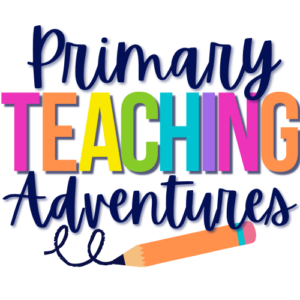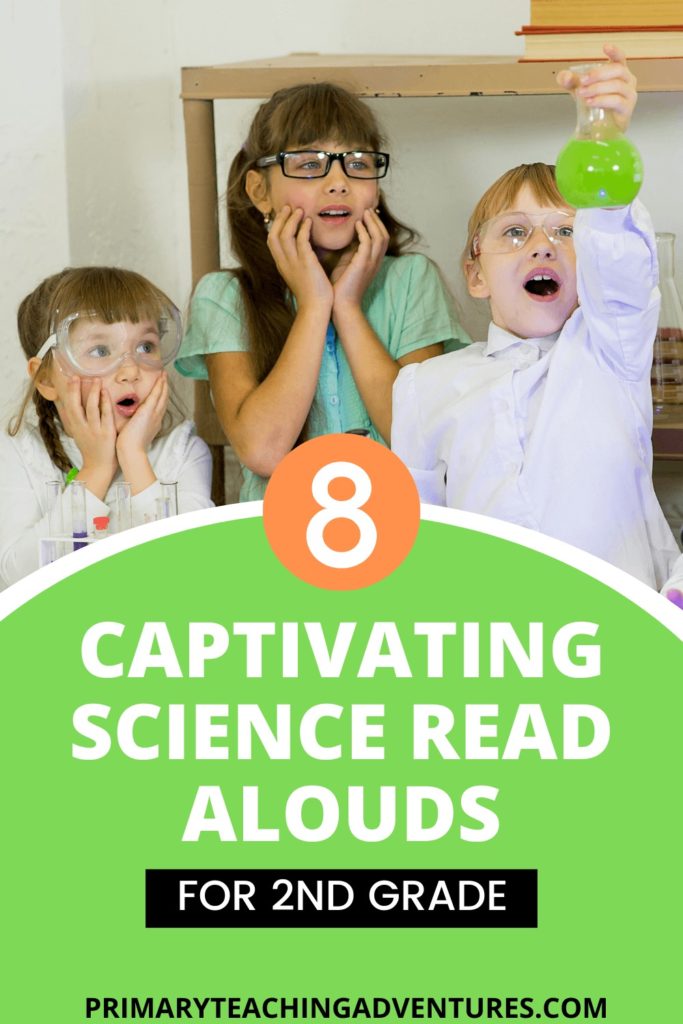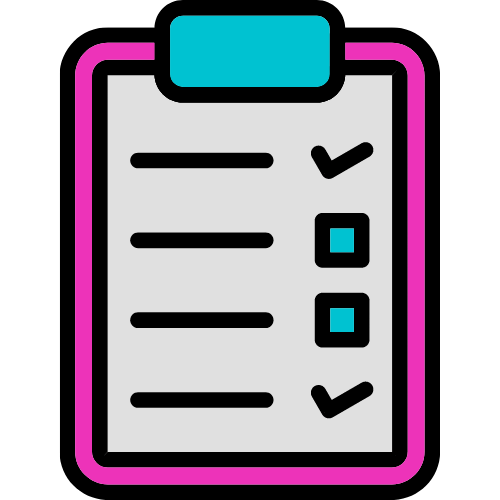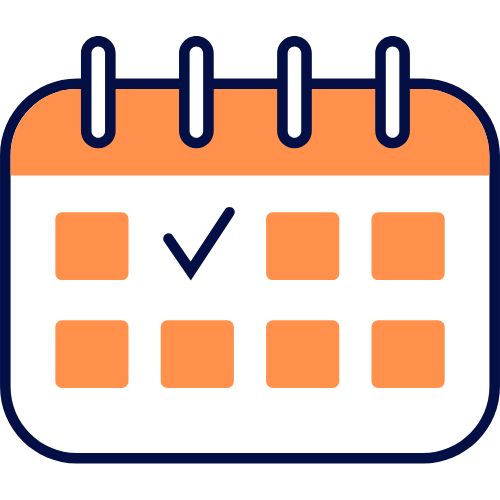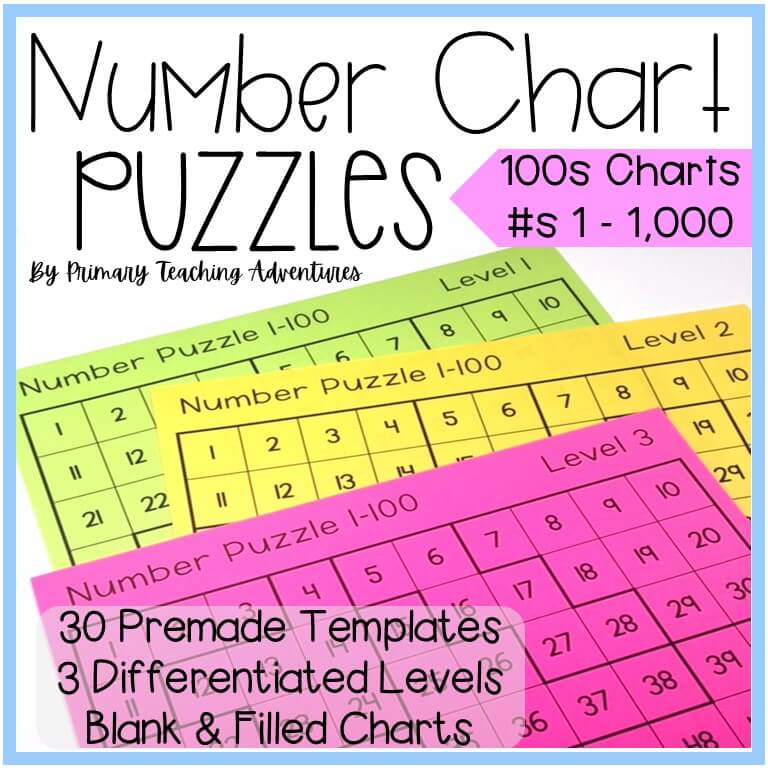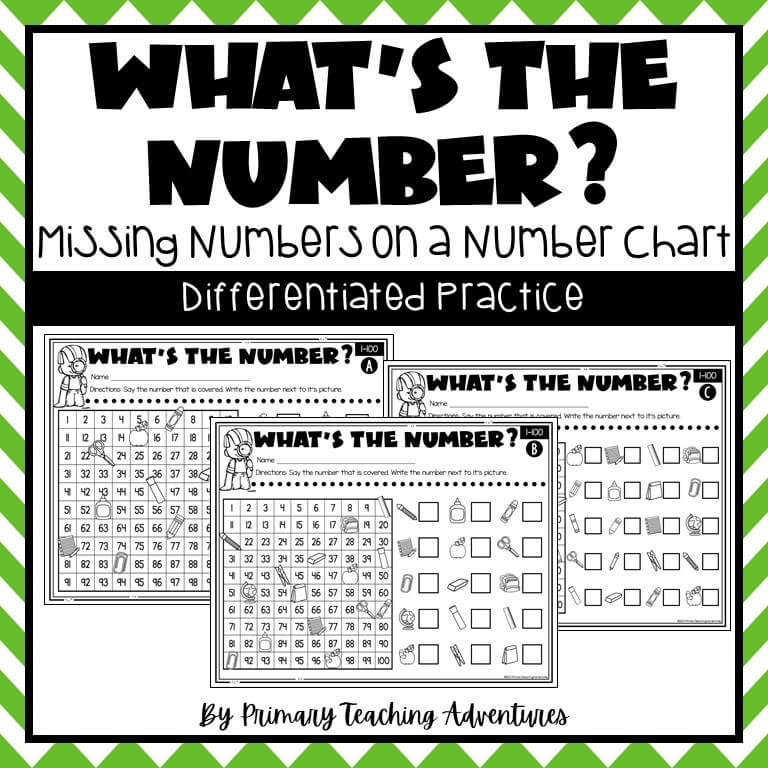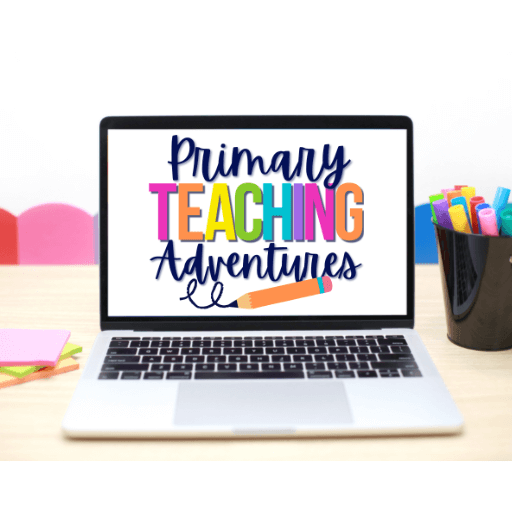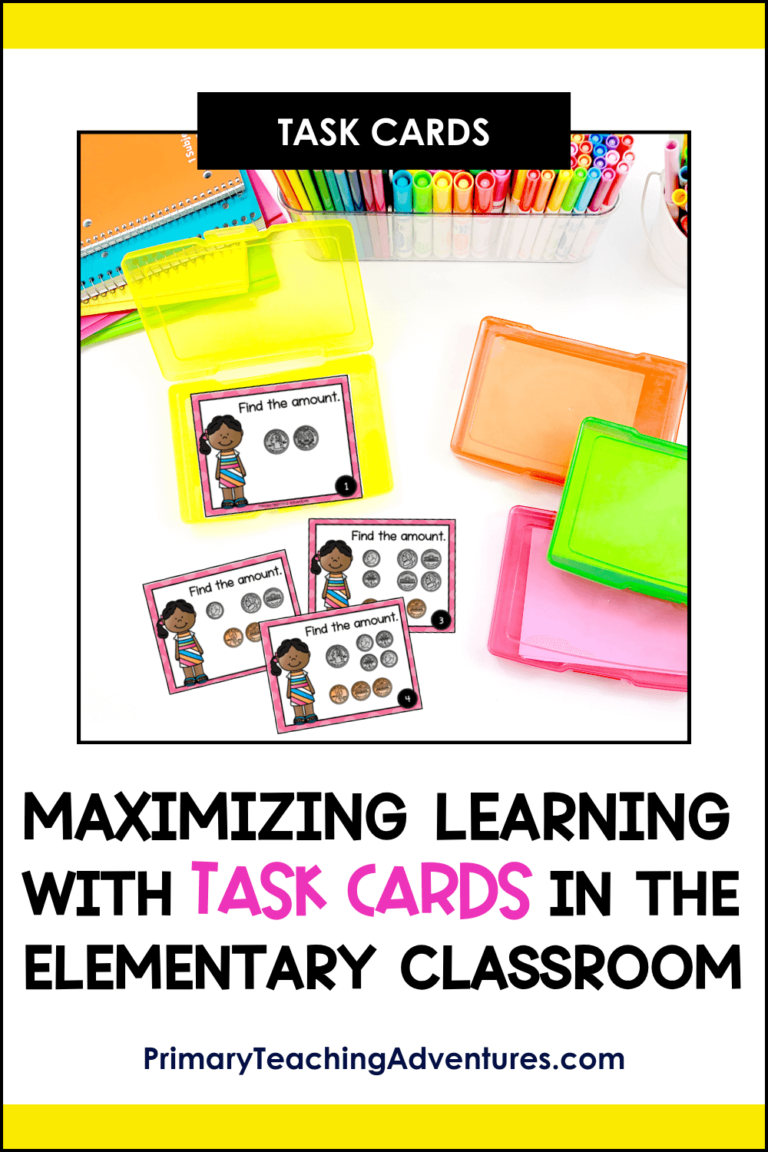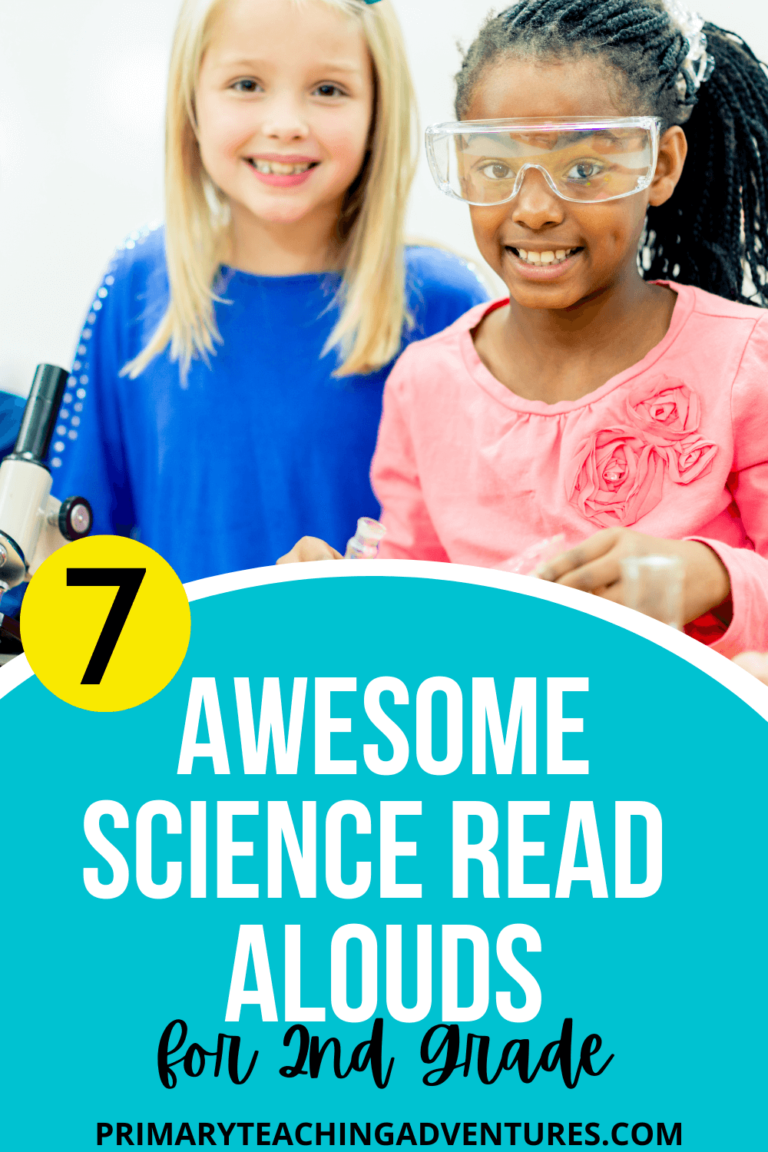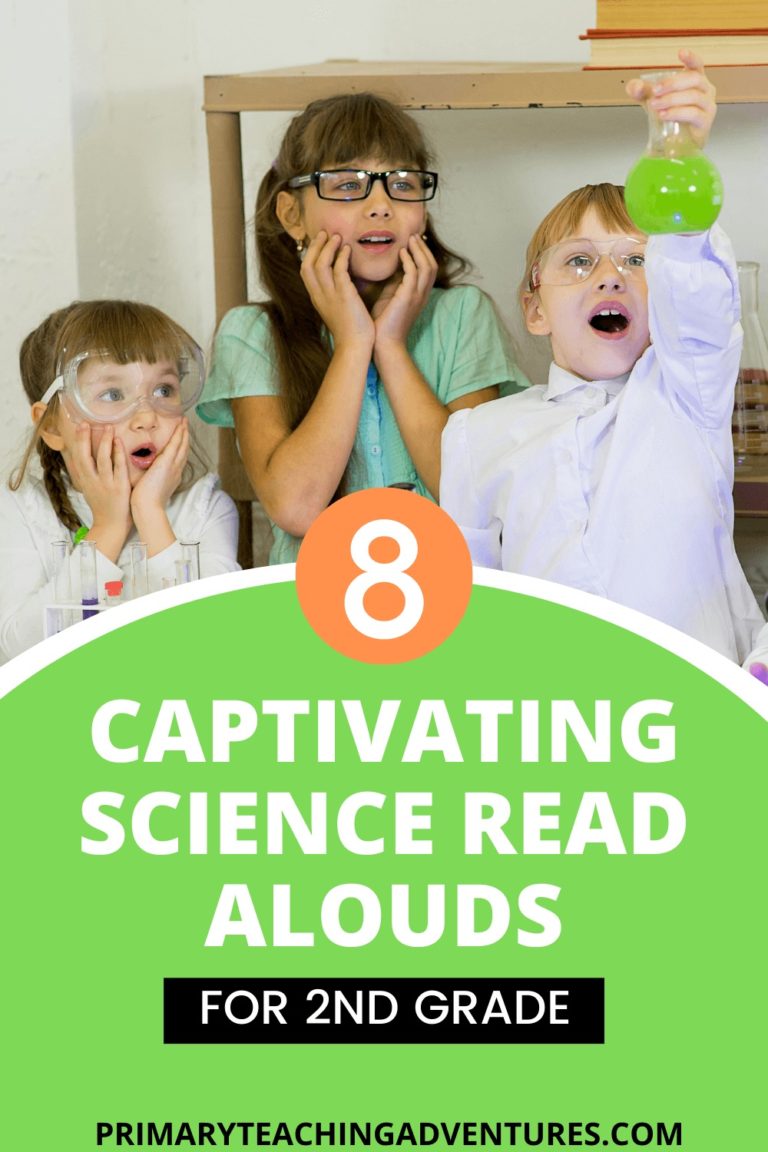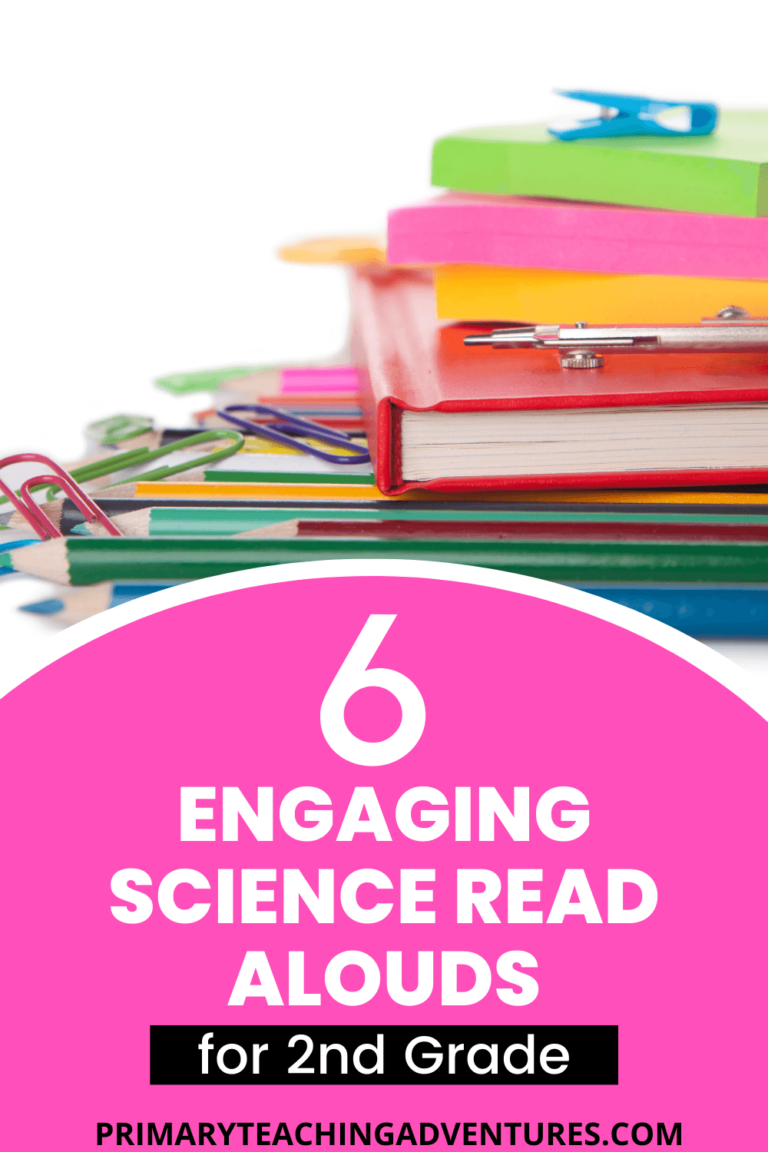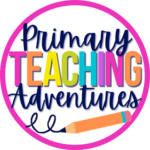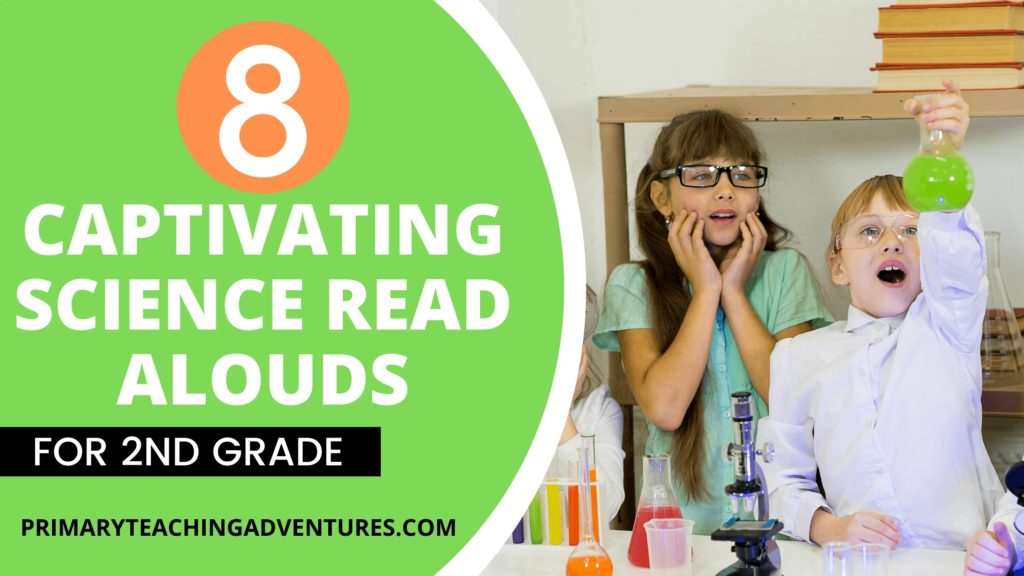
Reading to your students brings a new level of engagement, especially in science. I love showing my students the illustrations, diagrams, and maps all throughout science read alouds. I want to share with you my science read aloud list that’s focused on earth, space, and animal science.
Here’s my problem- I love science read aloud books so I had to break it down into three parts! I’d love for you to read about my other two science read aloud lists and get those books added to your class library: 6 Engaging Science Read Aloud Books for 2nd Grade and 7 Awesome Science Read Aloud Books for 2nd Grade.
I’ve also included a low-prep, easy application activity for each book that you can feel free to use as an extension activity after reading.
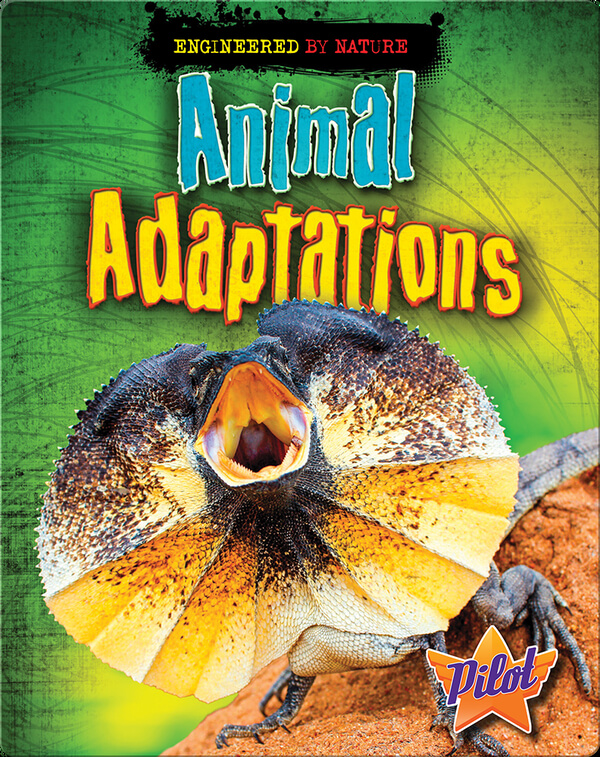
Engineered By Nature Animal Adaptations
by Louise Spilsbury
In this read aloud, students will learn about different animals and their specific adaptation for their environment. Your students will love the photography, Fast Facts, and Engineering in Practice Activities for some of the animals.
Activity: This book actually gives you activities to do! Check out the activities for the Flying Squirrel, Leafy Sea Dragon, and Frilled Lizard. You can make each of these activities a center or stretch them out for a multi-day unit on animal adaptations.
Hello My Name Is: How Adorabilis Got His Name
by Marisa Polansky
In the summer of 2015, a new species of octopus was discovered and now your students can learn about it! This octopus is small enough to fit in the palm of your hand. This read aloud walks through the process of getting a name for this little guy based on its attributes.
Activity: Have students choose one of the animals. They can draw a picture of it and explain why and how it got its name.
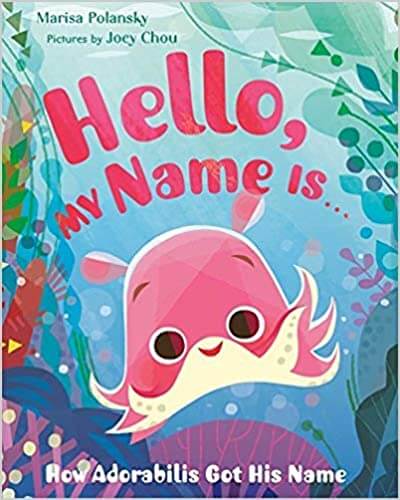
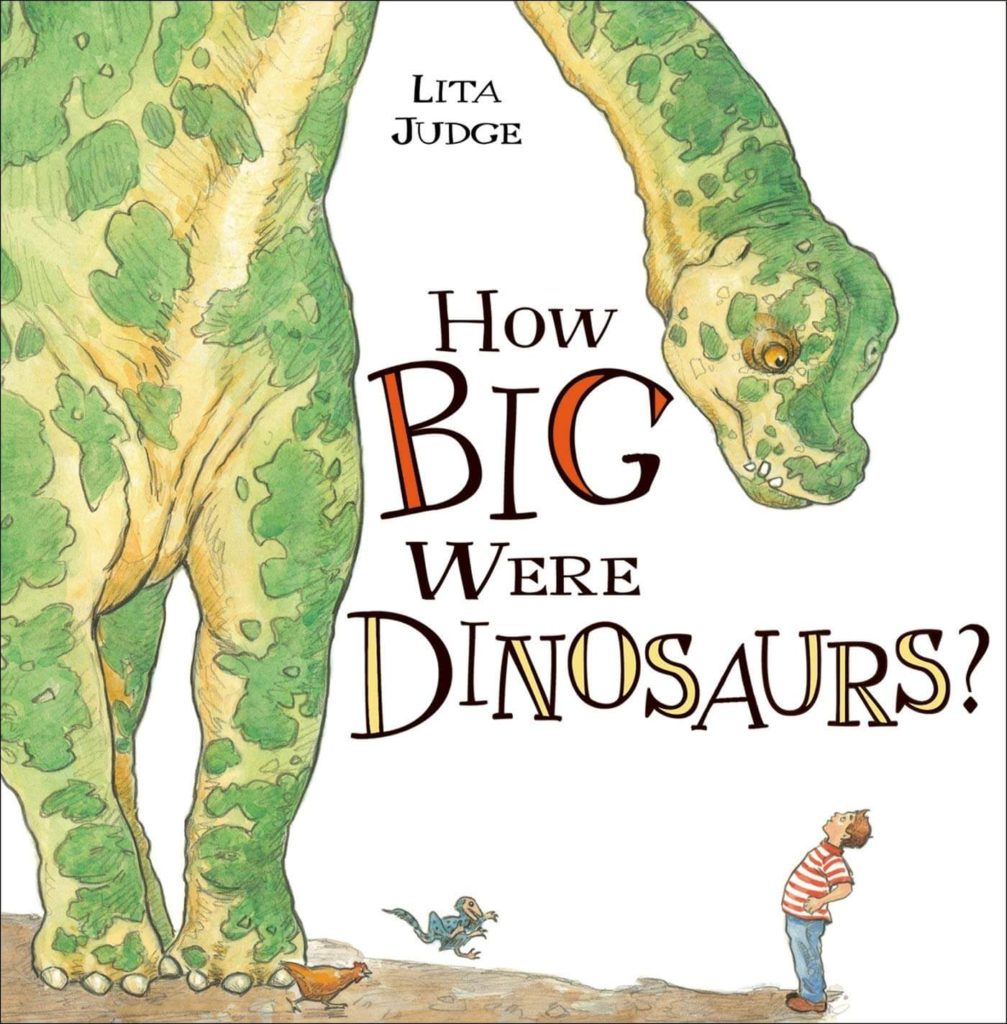
How Big Were Dinosaurs?
by Lita Judge
Children are fascinated by dinosaurs, but what’s even more fascinating is comparing their size to the modern animals we know today. That’s what students will see in this book as well as learn fun facts about each type of dinosaur. The end of the book explains how scientists know how big the dinosaurs were.
Activity: There are lots of how to draw videos about dinosaurs. Students can choose a dino from the book to draw, then complete this sentence frame “A ____ was about the size of a ___.”
Moon! Earth’s Best Friend
by Stacy McAnulty
In this engaging science read aloud the Moon takes on a persona and this is her autobiography. She explains that she is more than a rock, but Earth’s rock, her best friend. With humor and fun, the kid-friendly facts will explain what the moon does.
Activity: Cue in the Oreos! This activity will need donations of Oreos. Students will make the phases of the moon with the Oreos and label each part. Check out this Oreo Cookie Moon Phases Activity by the Go Science Girls.
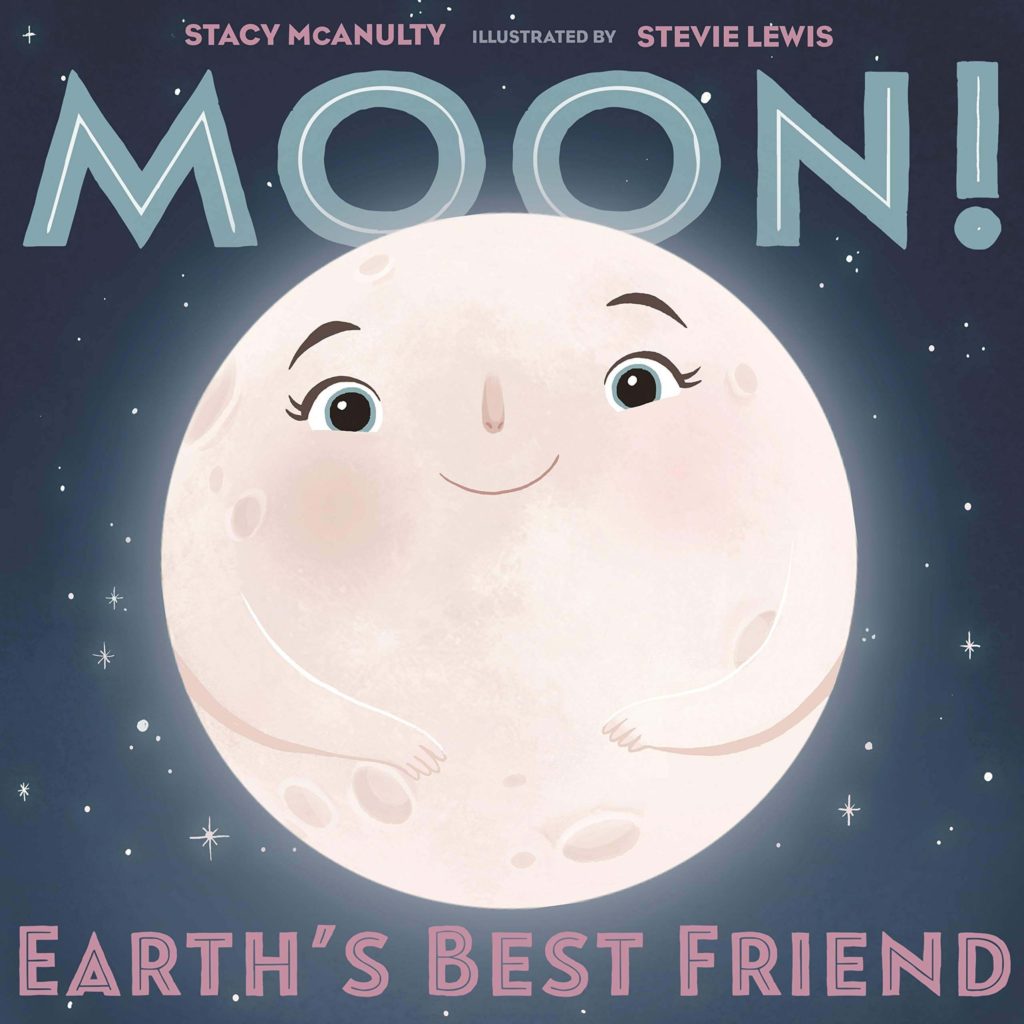
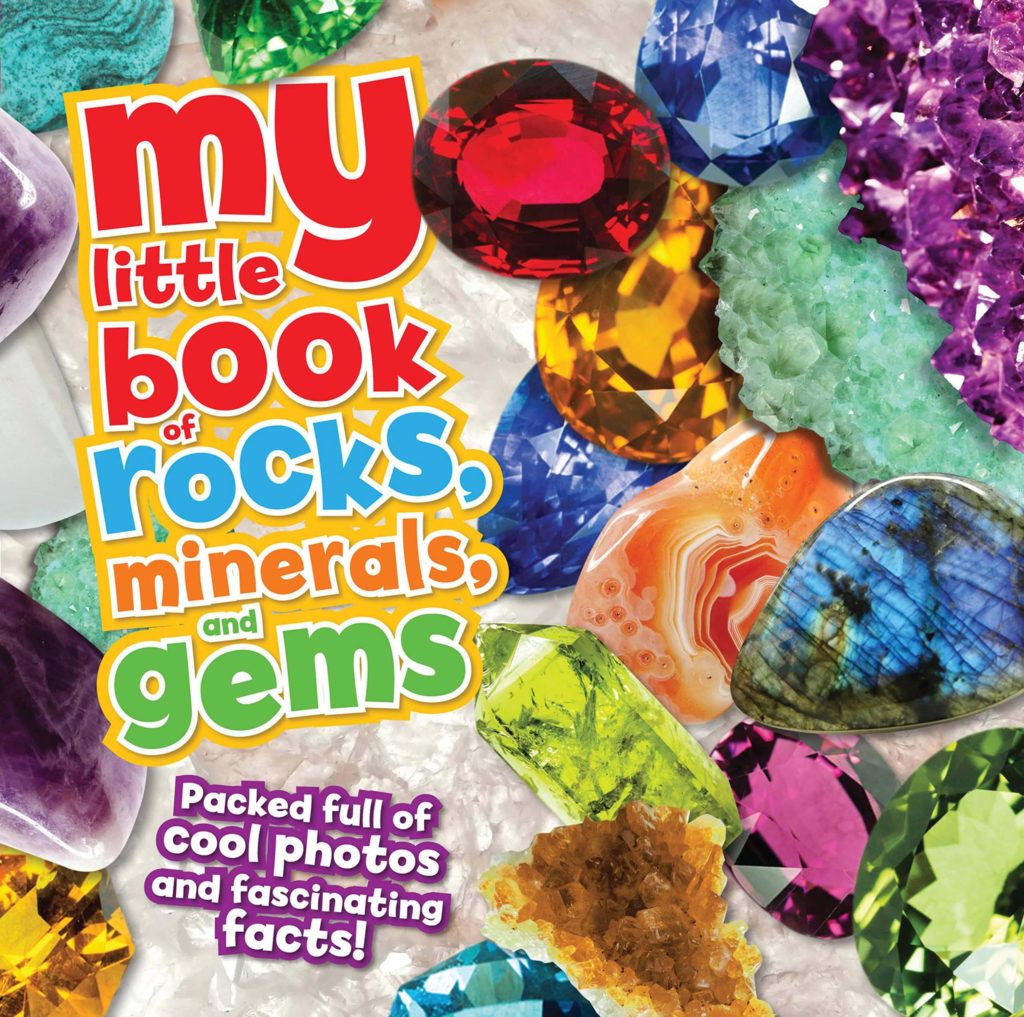
My Little Book of Rocks, Minerals, and Gems
by Claudia Martin
This book presents each type of rock, mineral, and gems in a kid-friendly and well organized way. Students will learn what each is and why, as well as examples with photographs.
Activity: Go on a rock hunt either outside or bring in various rocks for students to select. Have students compare their rock with another student’s. You can also print off pictures of the different types and have students sort under the different types of rocks.
National Geographic Kids: Animals
I absolutely love National Geographic! I have a NatGeo Kids animal collection with books about lots of individual animals. If you’re doing a unit on a specific animal, don’t forget to see if NatGeo Kids has a book about it. I always have multiple copies so that a couple of students can have them at a time. Here are some of my must-haves: Penguins, Butterflies, Bats, Frogs
Activity: Have students go to NationalGeographic.com Animal Types to explore different animals, watch videos, and play interactive games.
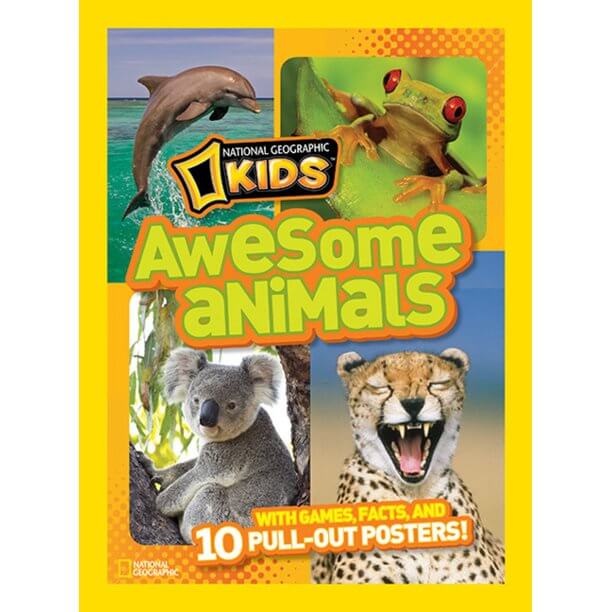
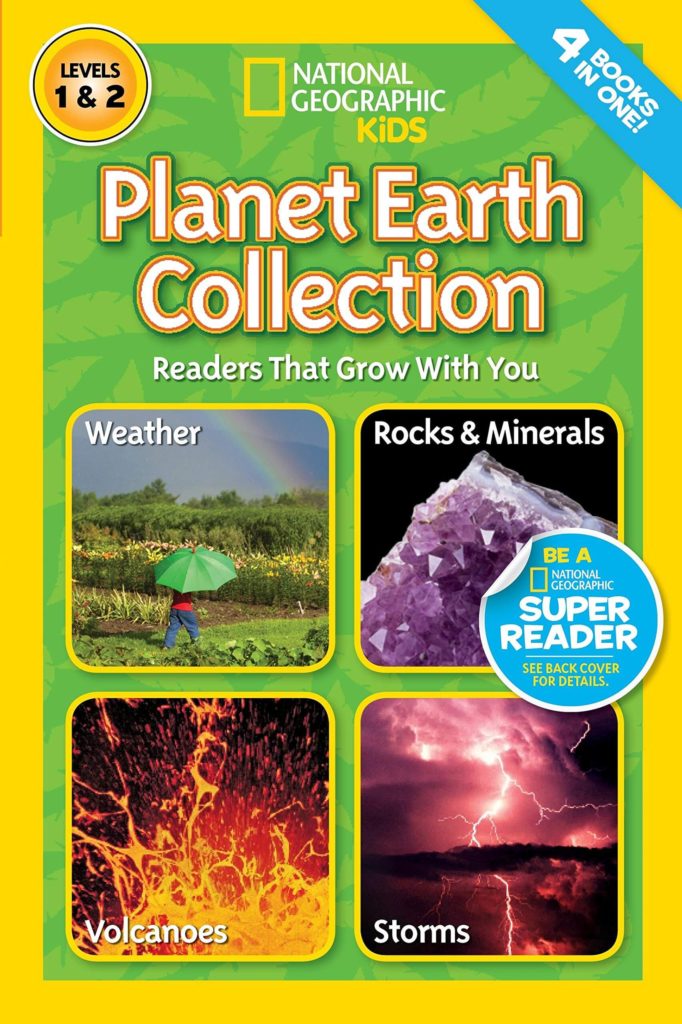
National Geographic Kids: Earth Science Collection
This four book collection is for Level 1 and Level 2 readers, which is perfect. You can read aloud these books, but then have them in your class library for students to read after they have already heard the text. This will increase their comprehension and confidence in reading nonfiction about Weather, Rocks & Minerals, Volcanoes, Storms.
Activity: Since this is a collection of earth science books, you can make your own collections library for each on Epic at GetEpic.com. You’ll need to make an account first, but it’s free for you and students (students during school hours).
National Geographic Kids: Weird But True
Weird facts. Every kids’ interest, right?! National Geographic Kids has several editions of these Weird But True facts that will grab and keep students’ attention. You can use these books as an engaging hook before a specific lesson or turn it into a Friday science time.
Activity: Students can look at Weird But True! Shorts and Fun Facts about Everything! on NationalGeographic.com
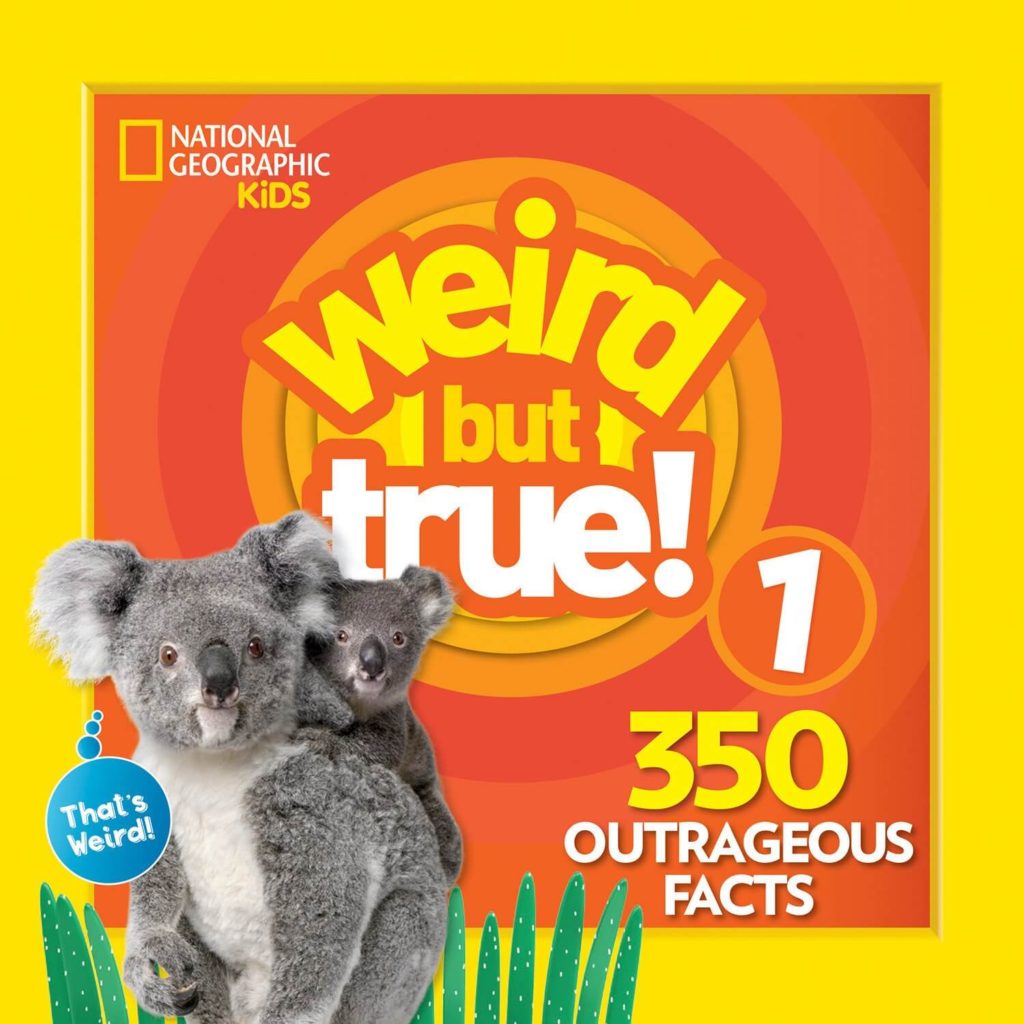
I hope these read aloud books will get you going on building up your science books in your classroom library and read aloud collection!
I’d love for you to check out my STEM read aloud books for 2nd Grade!
Happy Teaching!
